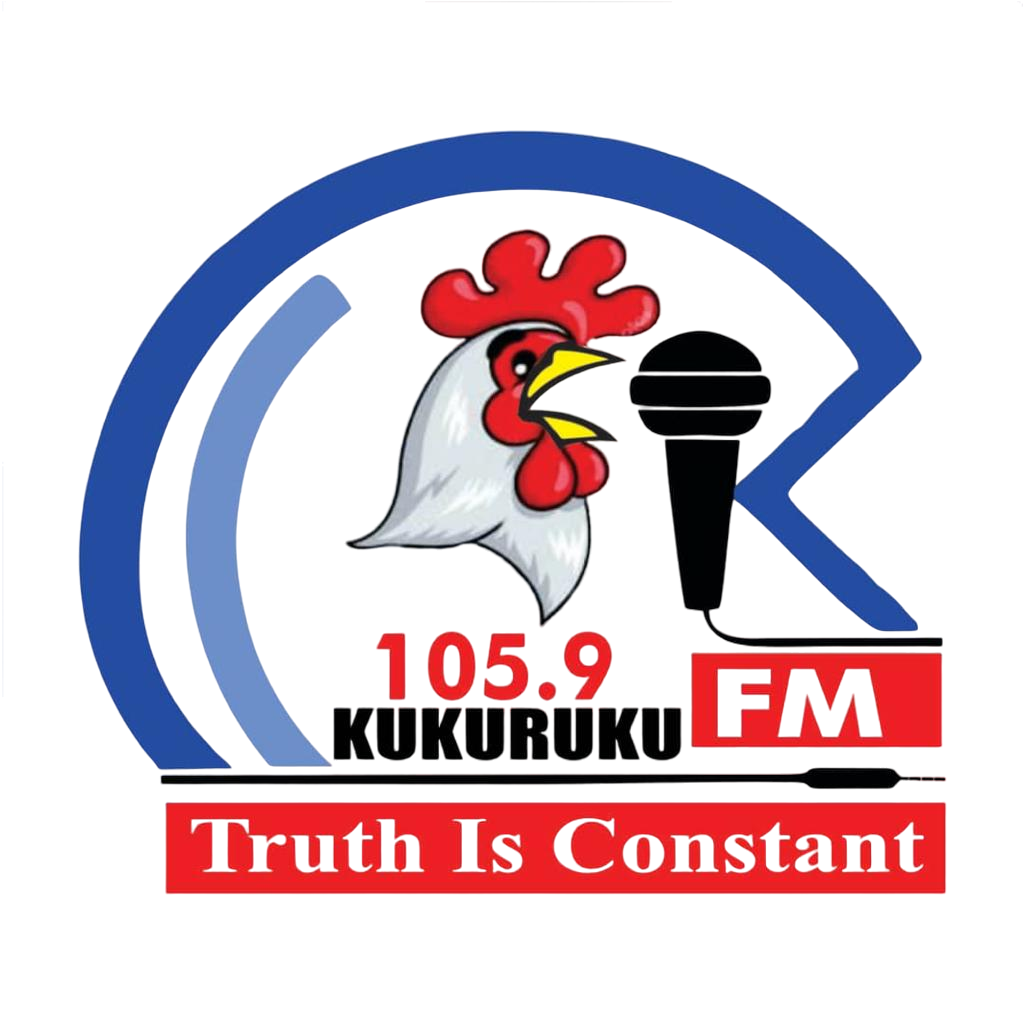The Completion of the second Expansion of the Information Technology Agreement (ITA-3) has the potential to Include more than 400 Unique Information Technology (ICT) Products under the ITA’s Tariff-eliminating Framework.
This Expansion could contribute over $750 Billion to the Global Economy in a Decade.
The Information Technology and Innovation Foundation (ITIF) revealed that Nigeria could benefit from $10.3 Billion of this total over ten years if ITA-3 is Expanded.
However, the ITIF emphasized that the ITA, which Eliminates Tariffs on IT Products, has not been updated since 2015 and should be Updated to fully realize these Economic benefits.
If the 82 Signatories of the Original ITA were to join an Expanded ITA-3, the Global Economy could grow by nearly $766 Billion over the next Decade.
The ITA-3 Expansion could Encompass Products such as 3D Printers, Industrial robots, Commercial drones, Patient monitoring systems, Medical devices, lithium-ion batteries, Solar cells, and High-definition televisions.
India, Kenya, Pakistan, and Nigeria would Experience the largest Relative GDP growth over ten years, with Growth rates ranging from 1.7% to 2.5%, although all 22 Countries Studied would benefit from larger Economies over this period.
For the United States, ITA-3 Expansion could Increase GDP by $208 Billion over a Decade, boost Exports of ICT Products by $2.8 Billion, and create nearly 60,000 Jobs.
Most Countries would generate more Tax Revenue over ten years through expanded Economic Growth than they would lose in Tariff Revenue.
The ITA-3 Expansion comes at an opportune moment, with a growing Focus on Diversification and Resilience in Global ICT Supply chains, allowing Developing-Country Suppliers to participate more actively in Producing and Exporting ICT Products.
Countries that decline to join ITA-3 risk Technological deficiencies, reduced Productivity, and Exclusion from Global Technology Supply chains, according to the ITIF.










